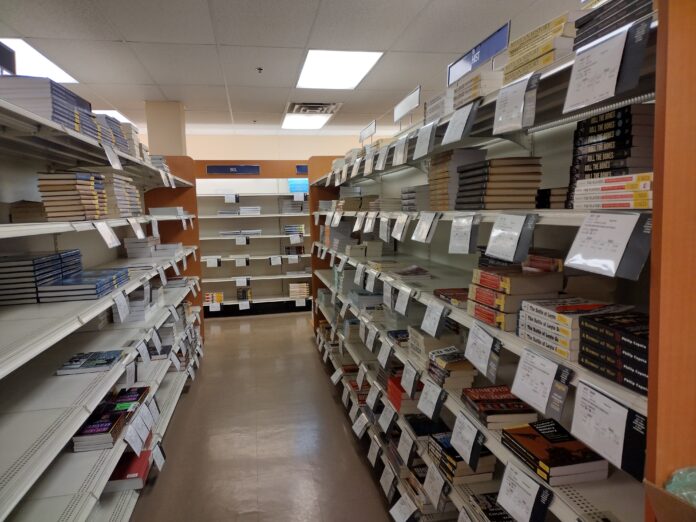How are you getting your textbooks this semester?
Did you buy them new or used at the bookstore? Order them online by searching “cheap textbooks”? Maybe you sold a kidney on the black market?
Textbooks are not cheap, and it’s the worst feeling in the world to spend hundreds on a textbook that is required when you only ever use it once or twice.
I put together a sample list of classes which included a random section of general psychology, composition, chemistry and calculus. I went to the bookstore’s website and put the cheapest options (there were no options available to rent, only to purchase new or used) into my cart.
My subtotal was $259.29 for four books—two required in psychology, one in English and one for chemistry.
Students attending UNLV are already paying $242.25 per credit, not to mention all the other fees. The worst part about the above hypothetical is that about $260 is actually reasonable considering the chosen classes, but does this have to be the norm?
There are many different types of free or low cost teaching materials available online for educators to take advantage of when putting together their syllabus for the semester. There are open educational resources (OER), open access materials and library licensed textbooks, journals and additional resources.
So what exactly are the differences between all of these options? OERs are either public domain or they are licensed so they are completely free to use, adapt and redistribute. Open access is very similar in that its licensing makes it completely free, but it cannot be revised or redistributed like OERs can be.
Library-licensed materials are the most easily recognizable, as they are the ebooks, journals and videos that UNLV students access through the Lied Library website after signing in with their ACE account. The library is able to grant access to students, however, the limitations may be hindered by individual licensing rights.
Examples of this would be if you have ever been kicked out of reading a book online due to limitations on how many are able to access the source at the same time, or being prompted to check out an ebook.
It’s amazing that these accessible resources exist, and every barrier that is destroyed between students and their education should be celebrated. Education belongs to everyone and is fundamental to us being able to move forward as a society. Luckily, it seems that this post-pandemic trend seems to be heading towards more accessible educational resources.
Open access resources are on the rise. Even as early as 2014, over half of publishers endorsed immediate open access archiving. Students may be noticing that more and more of their course materials are found online for free.
It’s easier than ever to access research materials, and students who log onto the Lied Library website can find free online databases and other resources available to them.
Students being able to save money could mean the difference between them staying in school versus dropping out. Over 38% of college dropouts, which is the largest group, hold financial stress responsible.
It is highly responsible for educators to find free resources for their students instead of requiring them to purchase expensive textbooks wherein only a chapter or two may be useful.
While OERs are not the magic cure-all for financial stress, students can certainly agree that every penny helps. Why not encourage the usage of free resources that can help college students afford to stay in school and live just a little bit more comfortably?

